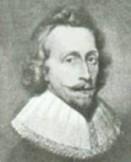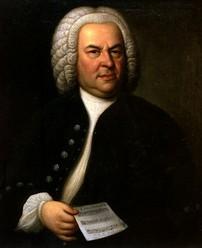
1582 - 1650 Person Name: Phineas Fletcher (1581-1650) Author of "From the deeps of grief and fear" in The Oxford Hymn Book Fletcher, Phineas, son of Dr. Giles Fletcher and cousin of John Fletcher, the dramatic poet, born 1582, and educated at Eton and King's College, Cambridge. In 1621 he took Holy Orders, and having obtained the living of Helgay, Norfolk, he retained the same nearly 29 years. He died at Helgay, 1650. His best known poem is, The Purple Island, 1633, an allegorical description of man, in the style of Spenser. This was reprinted in 1783.
His Locustes or Apollyonists, a satire against the Jesuits, suggested to Milton some ideas for his Paradise Lost. His 6 psalms, first published in his Purple Island, 1633, were reprinted by Dr. Grosart in his reprint of Fletcher's Poetical Works .
--John Julian, Dictionary of Hymnology (1907)
====================
Fletcher, Phineas, p. 379, i. Another of his hymns in common use from his Poetical Miscellanies, 1633, p. 93, is “From the deeps of grief and fear" (Repentance). This is in the Congregational Church Hymnal.
--John Julian, Dictionary of Hymnology, Appendix, Part II (1907)
Phineas Fletcher


 My Starred Hymns
My Starred Hymns



